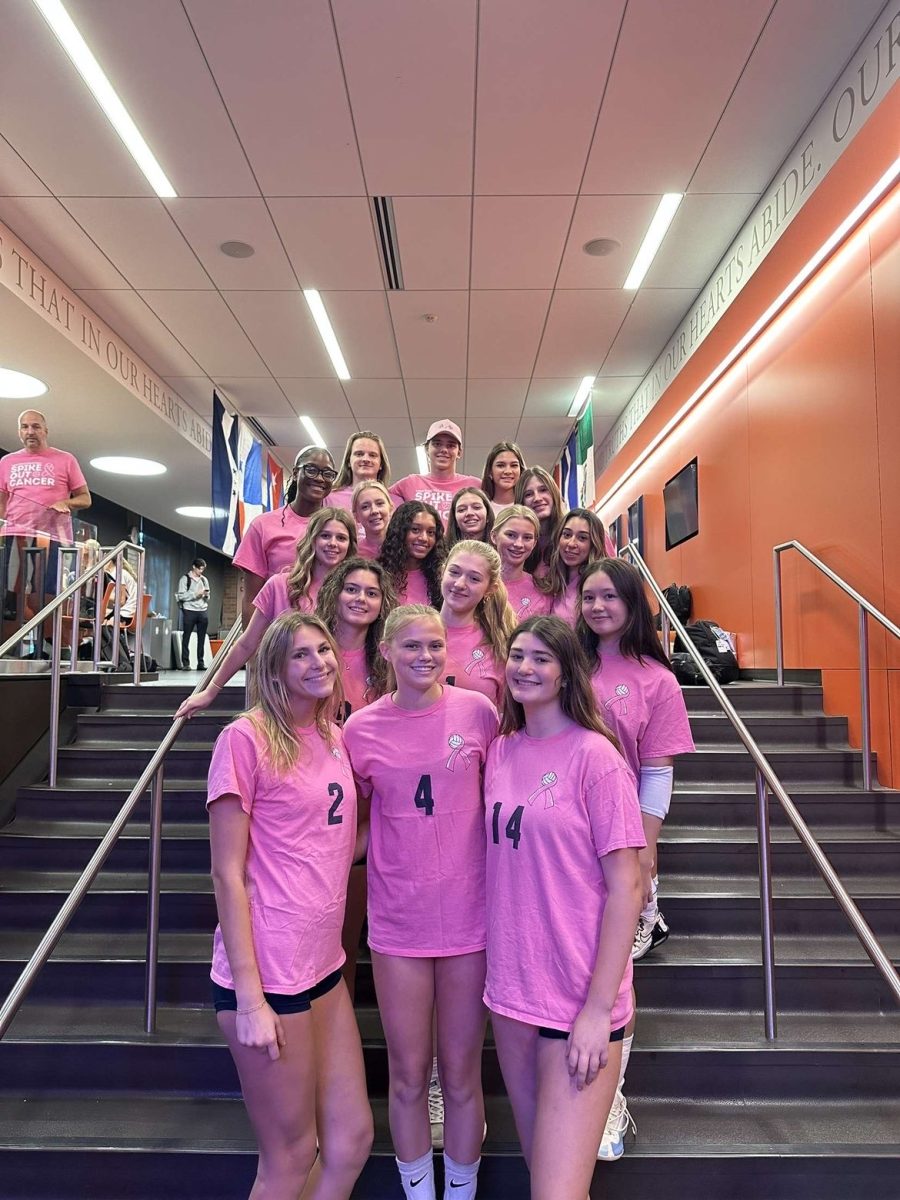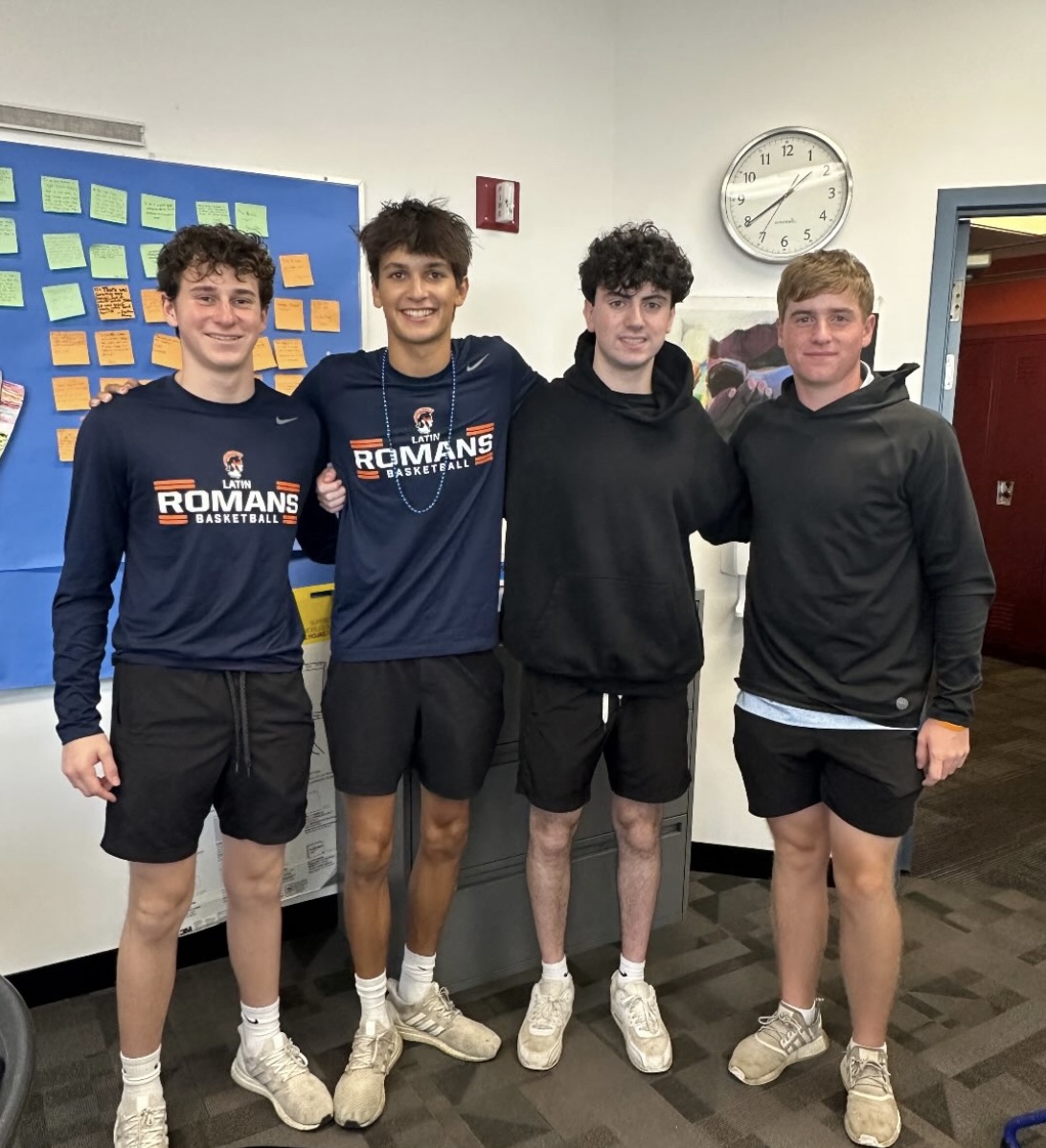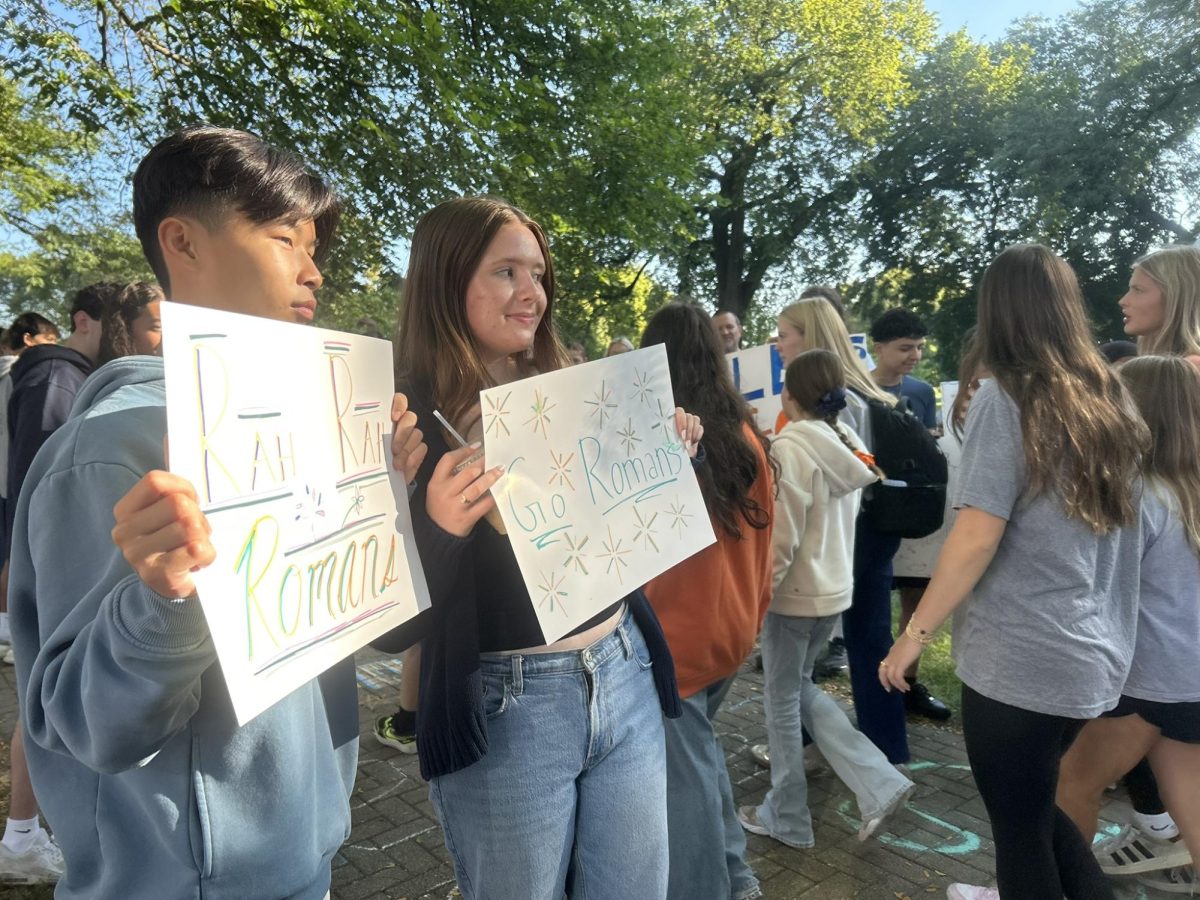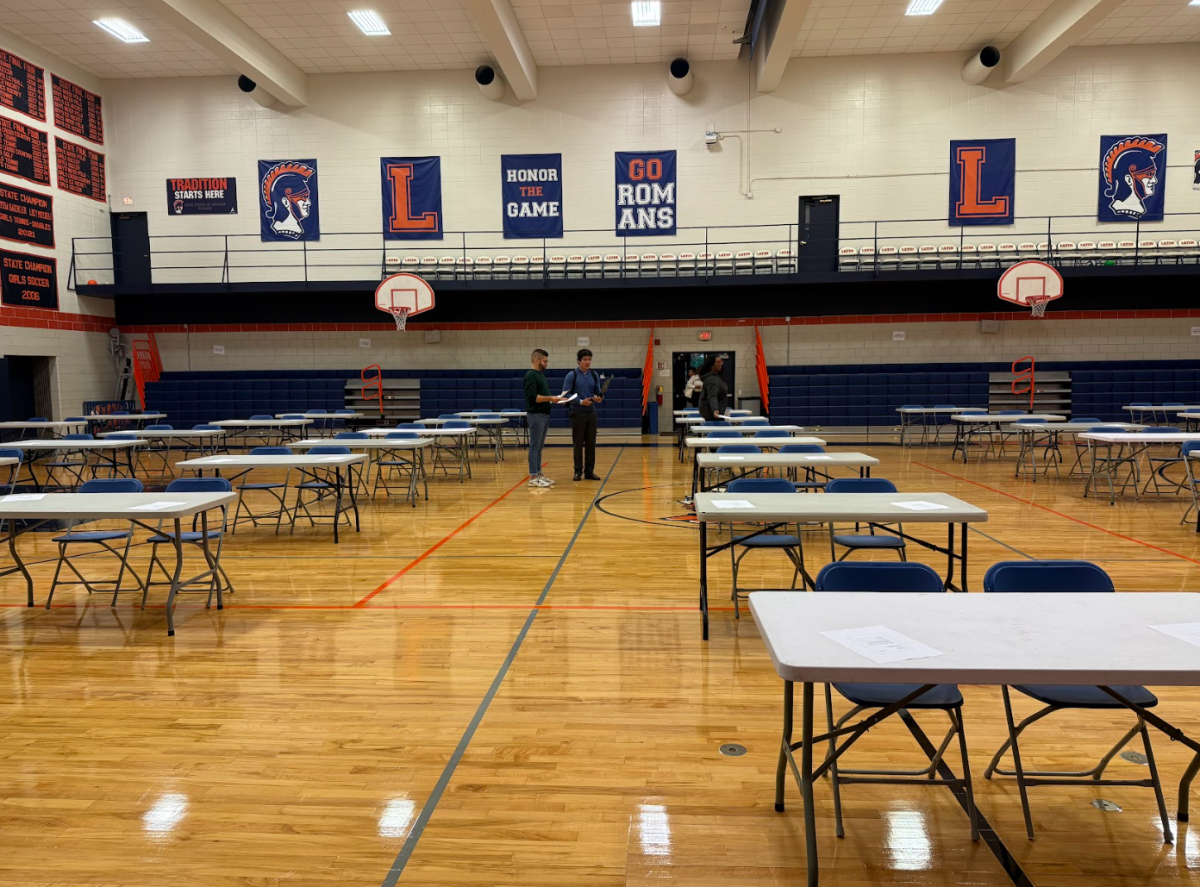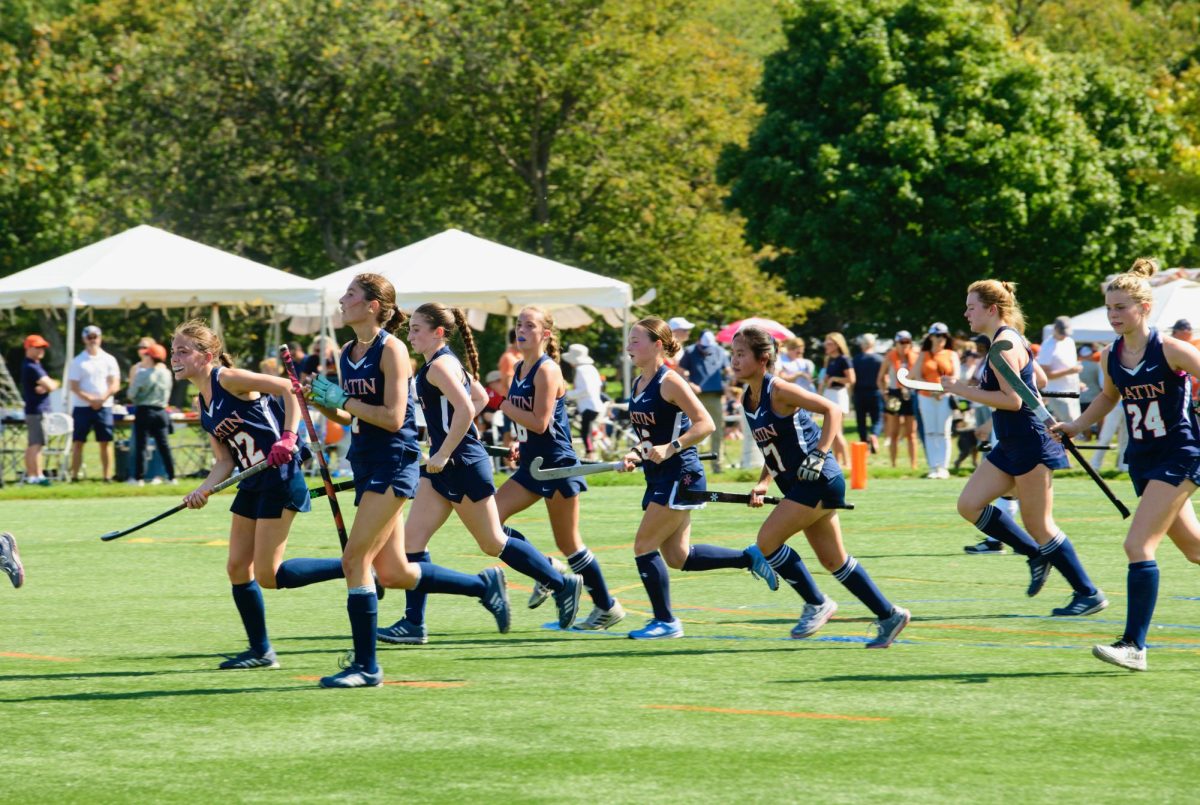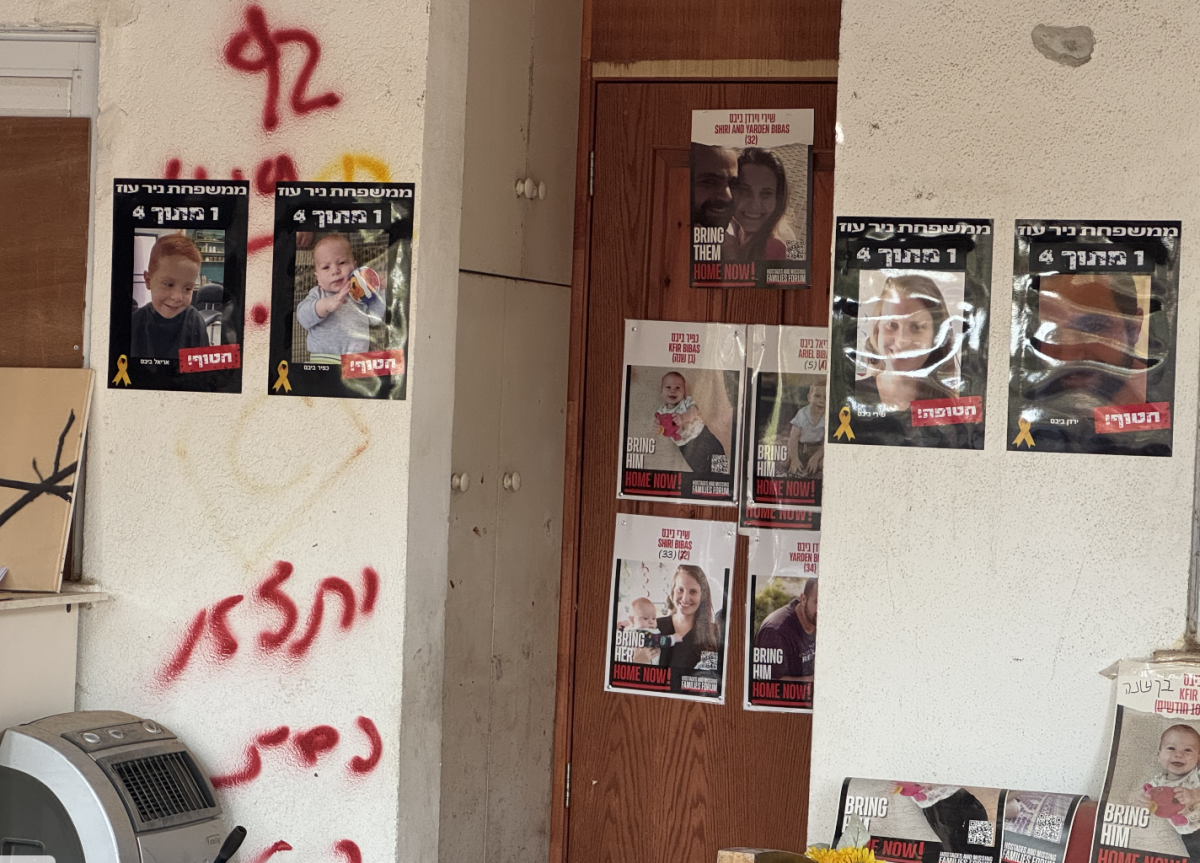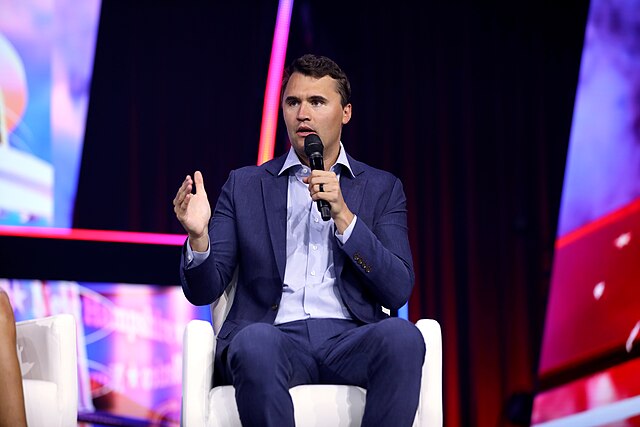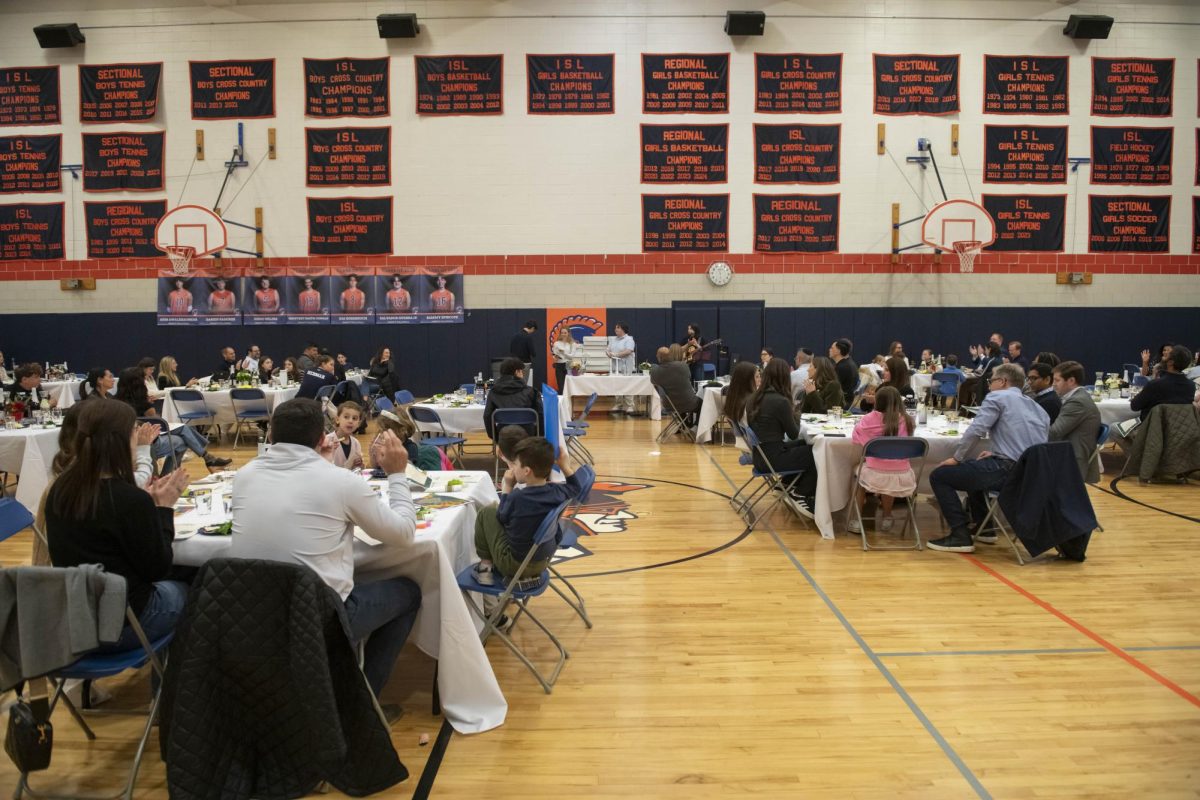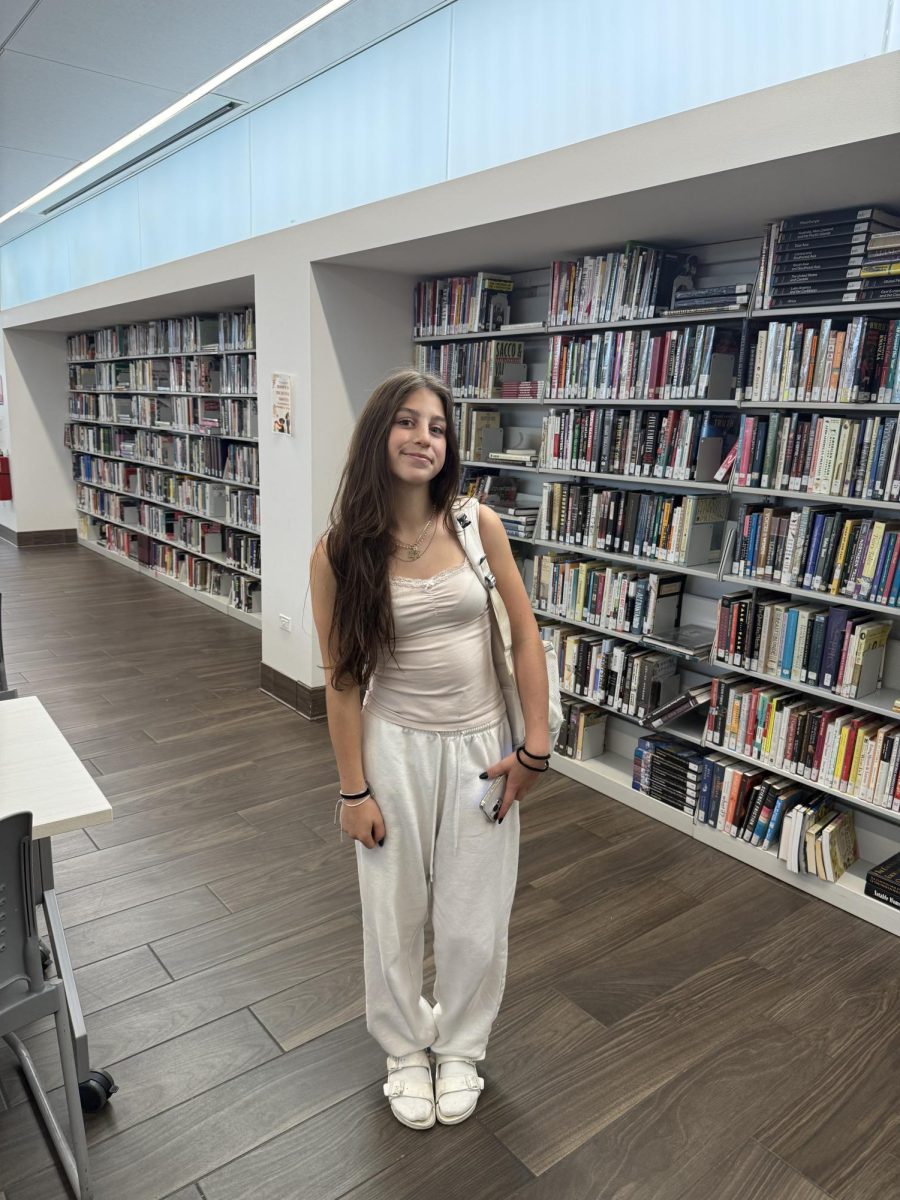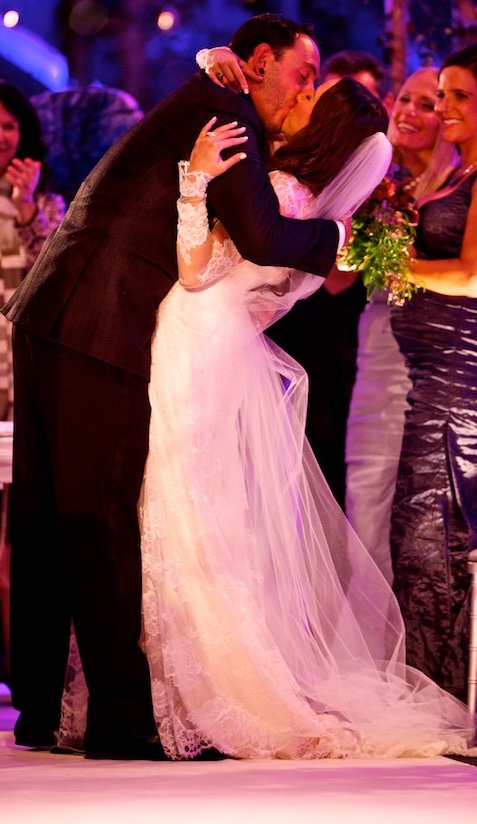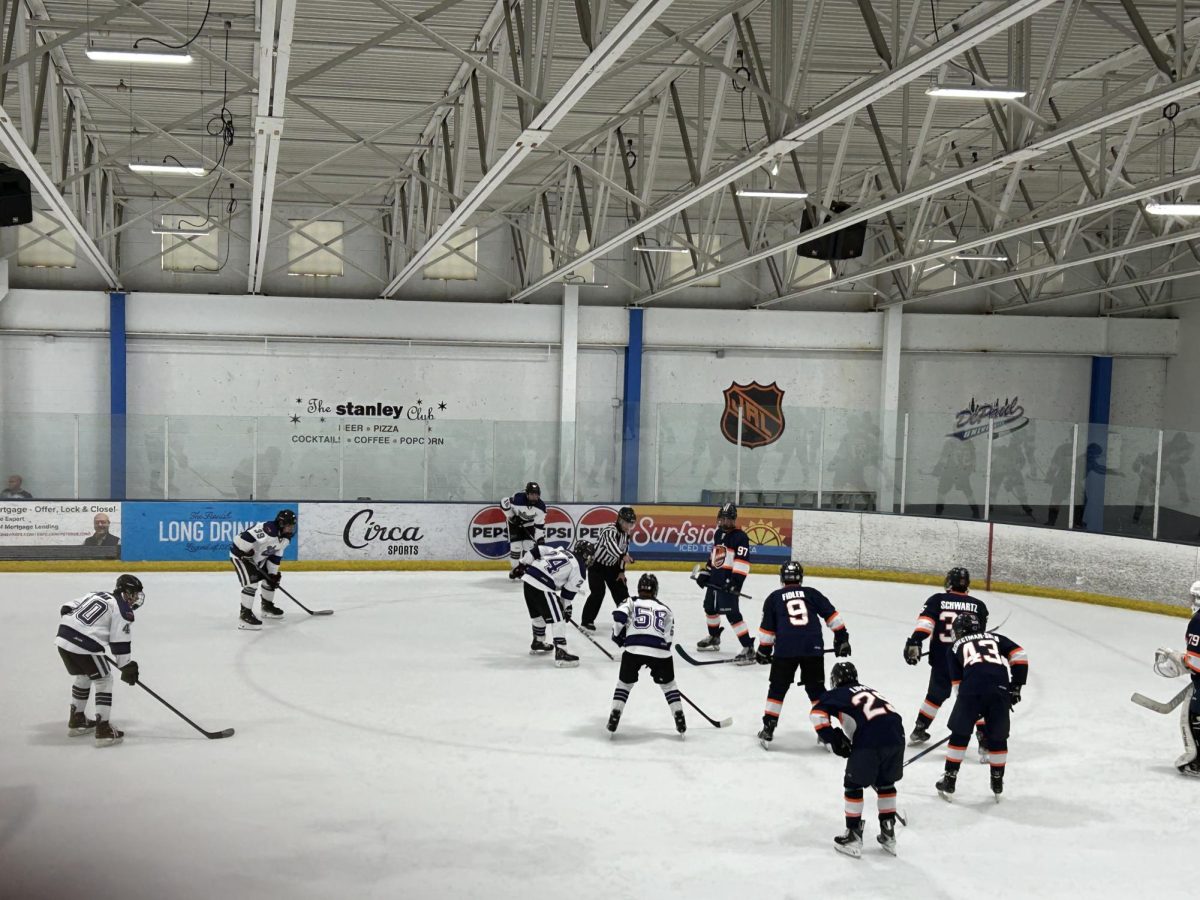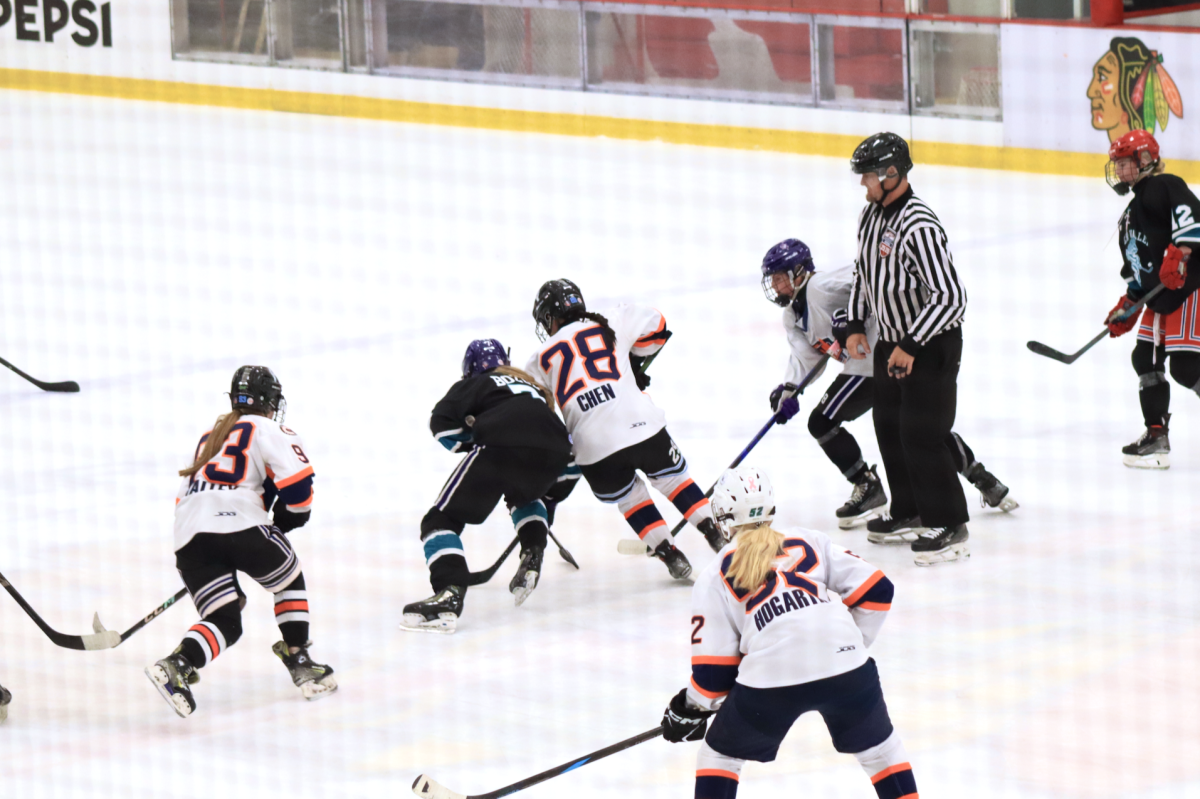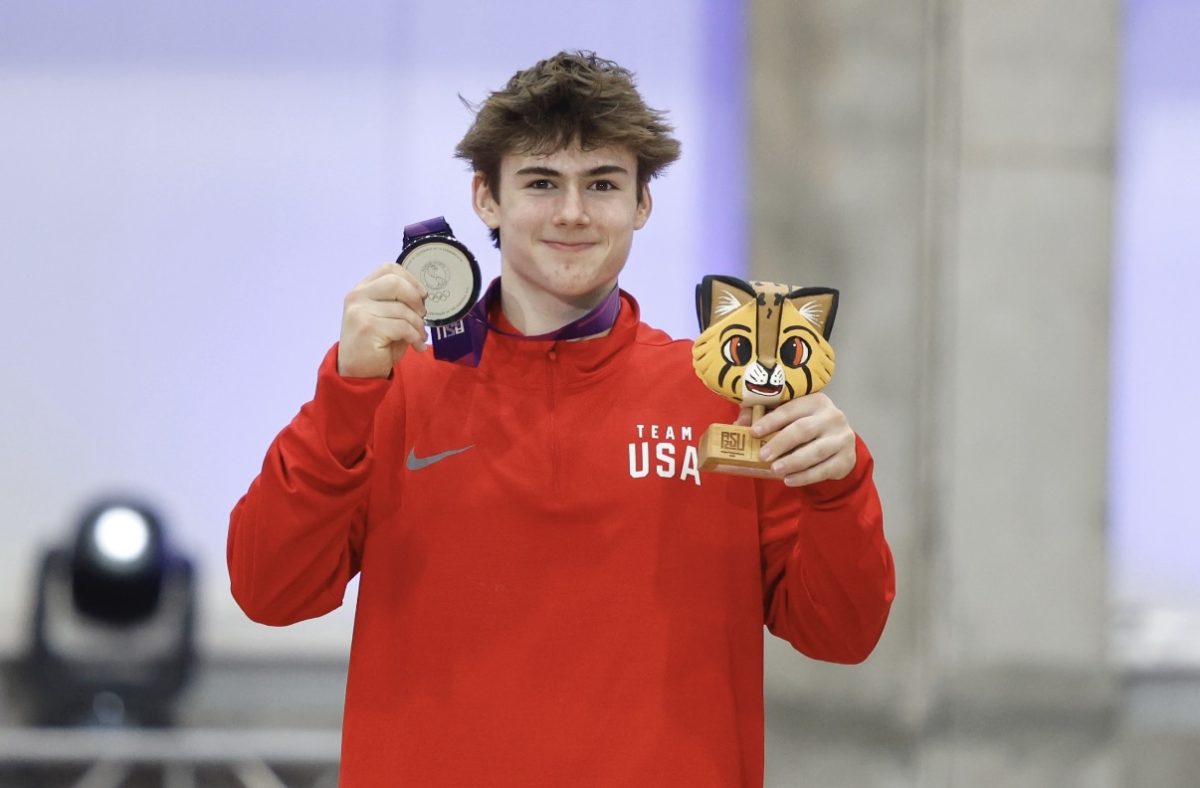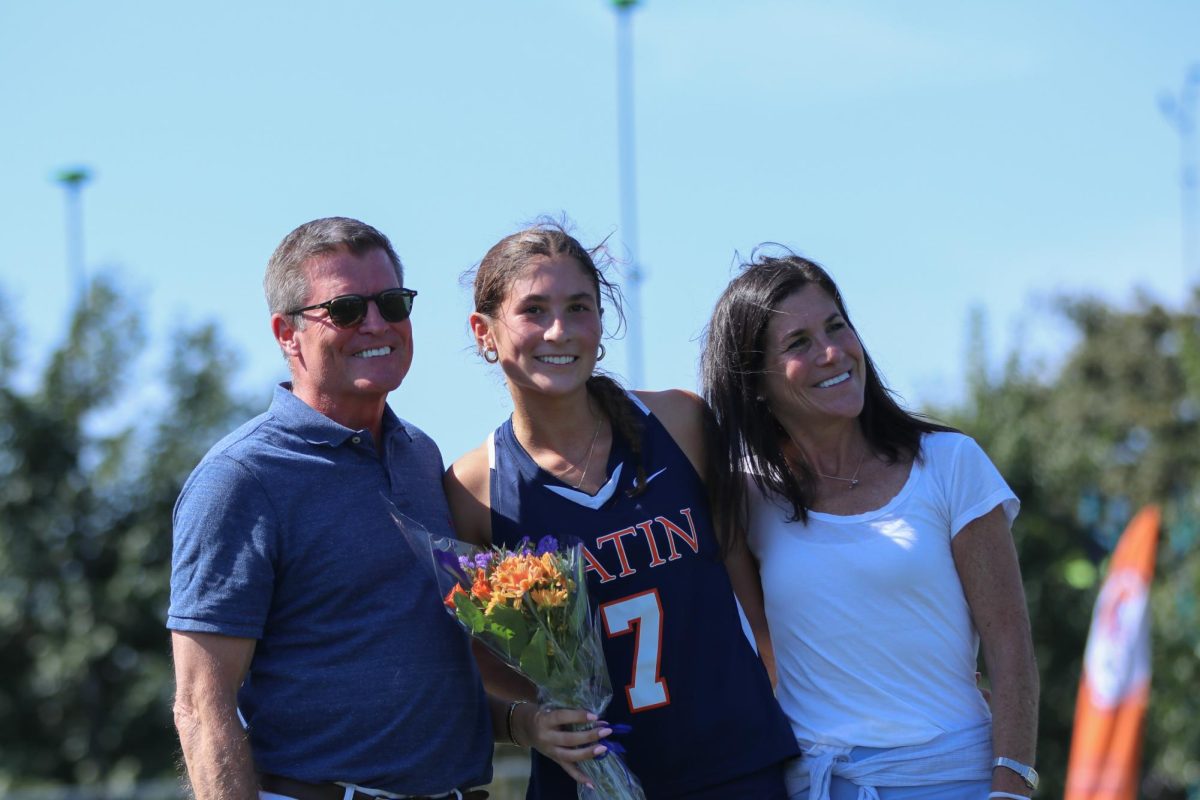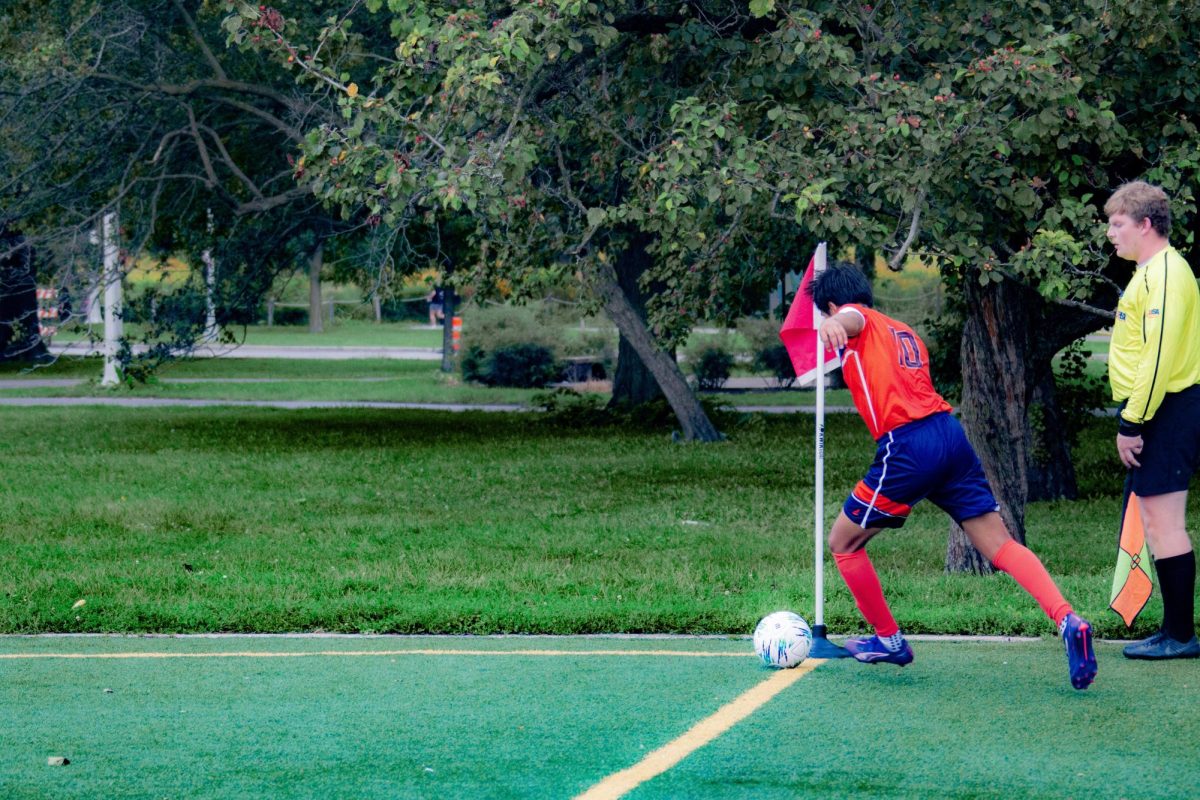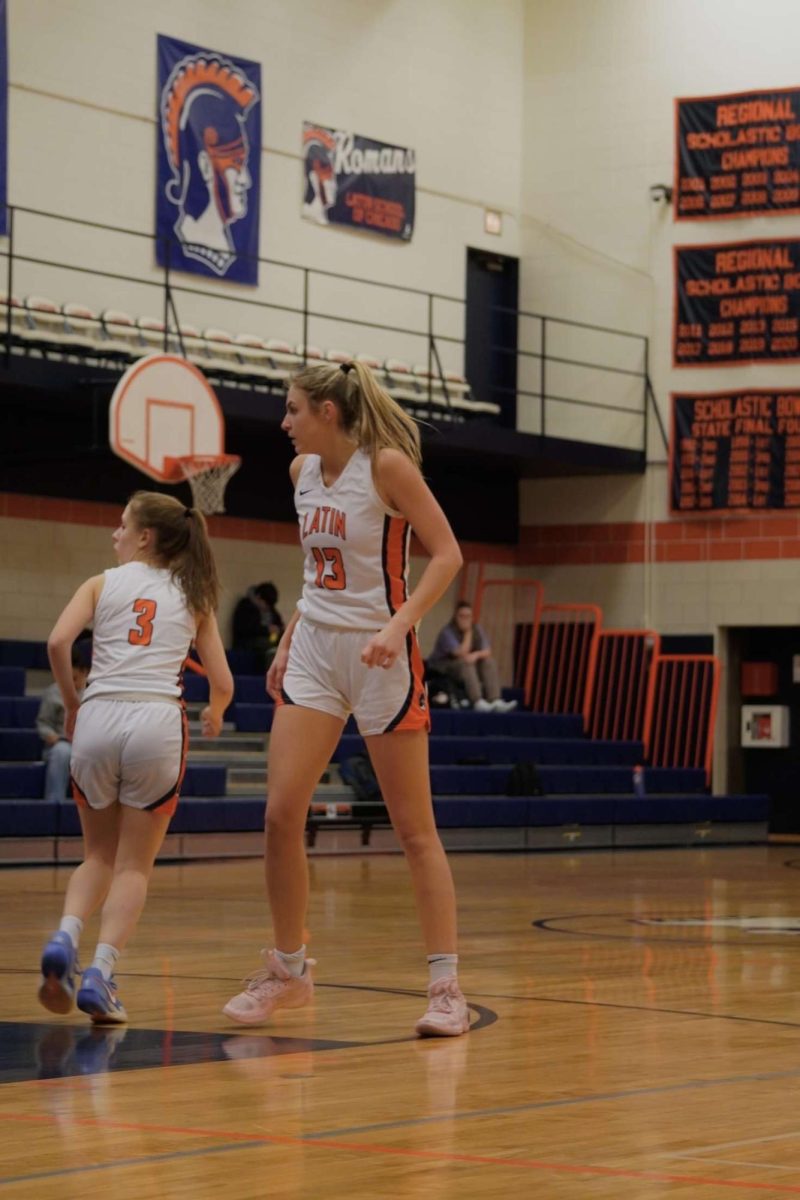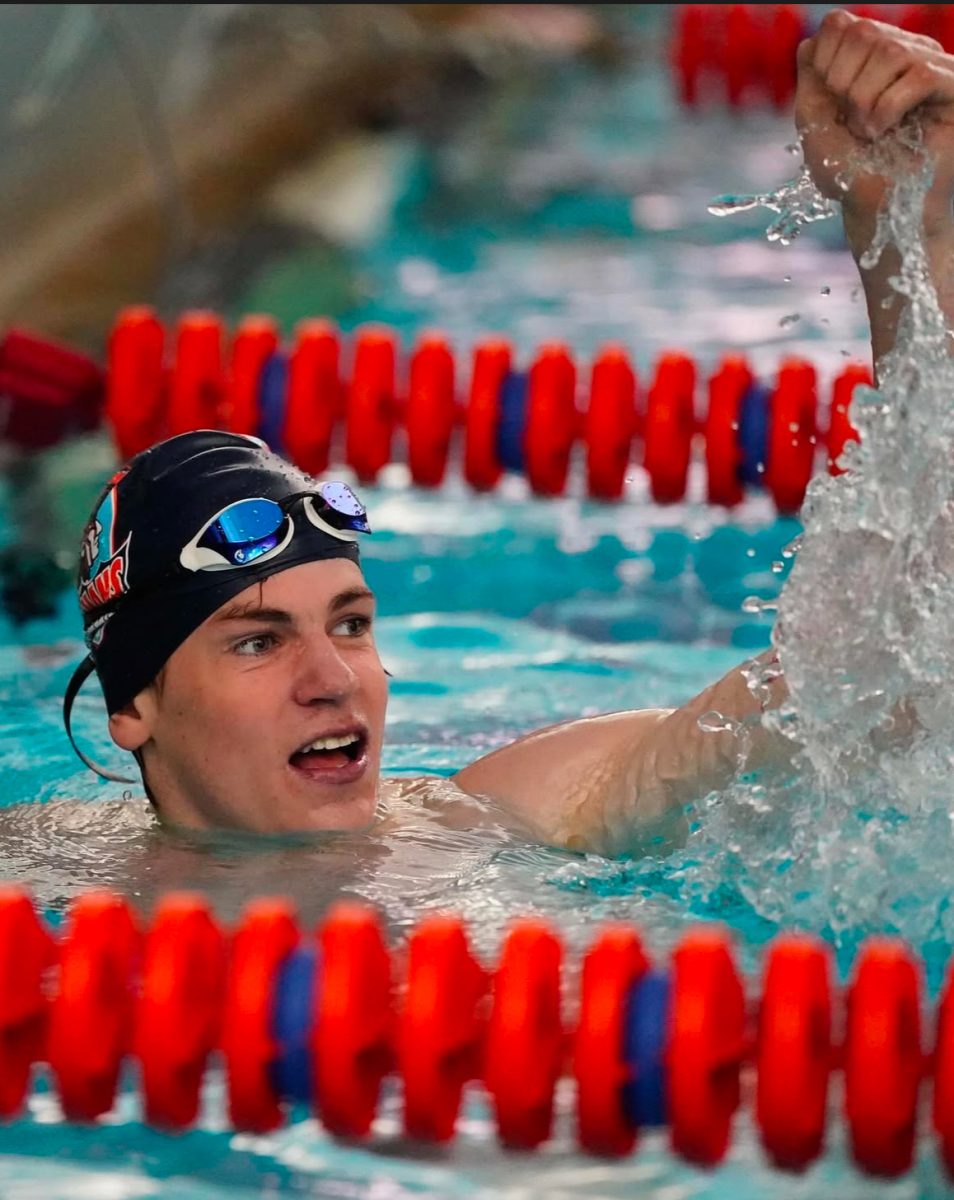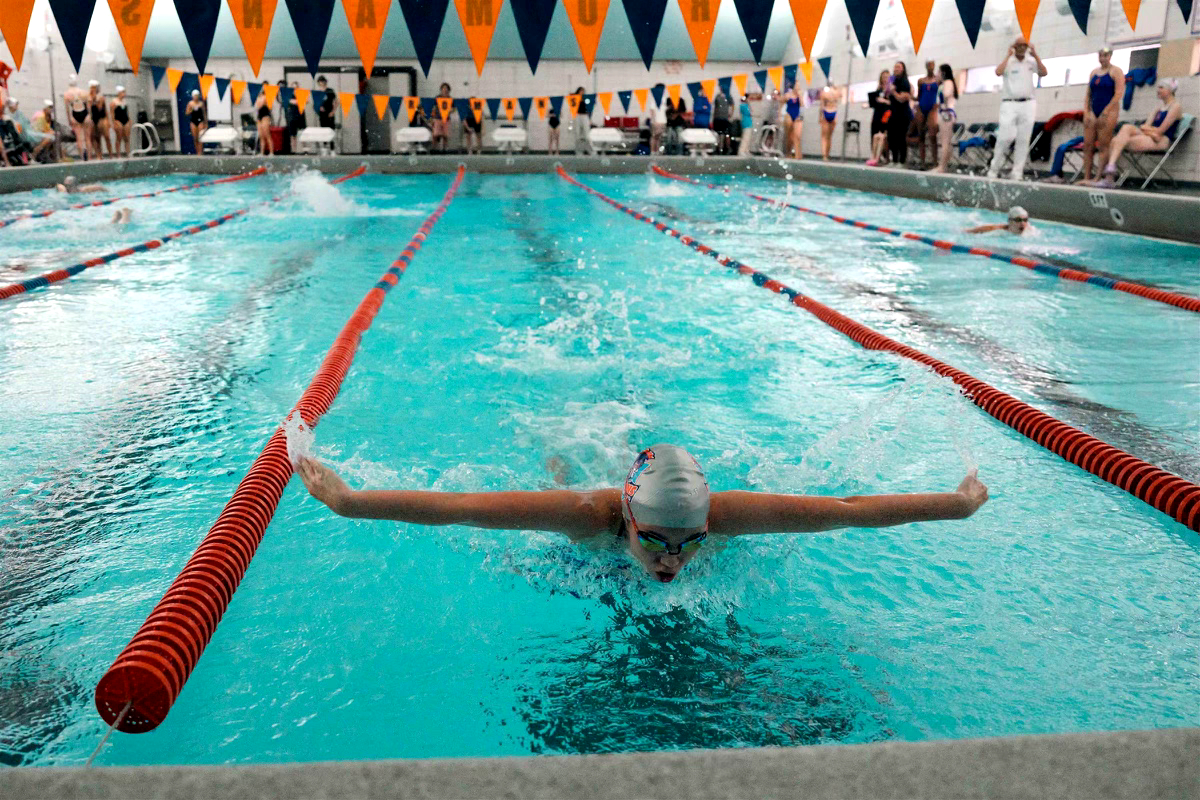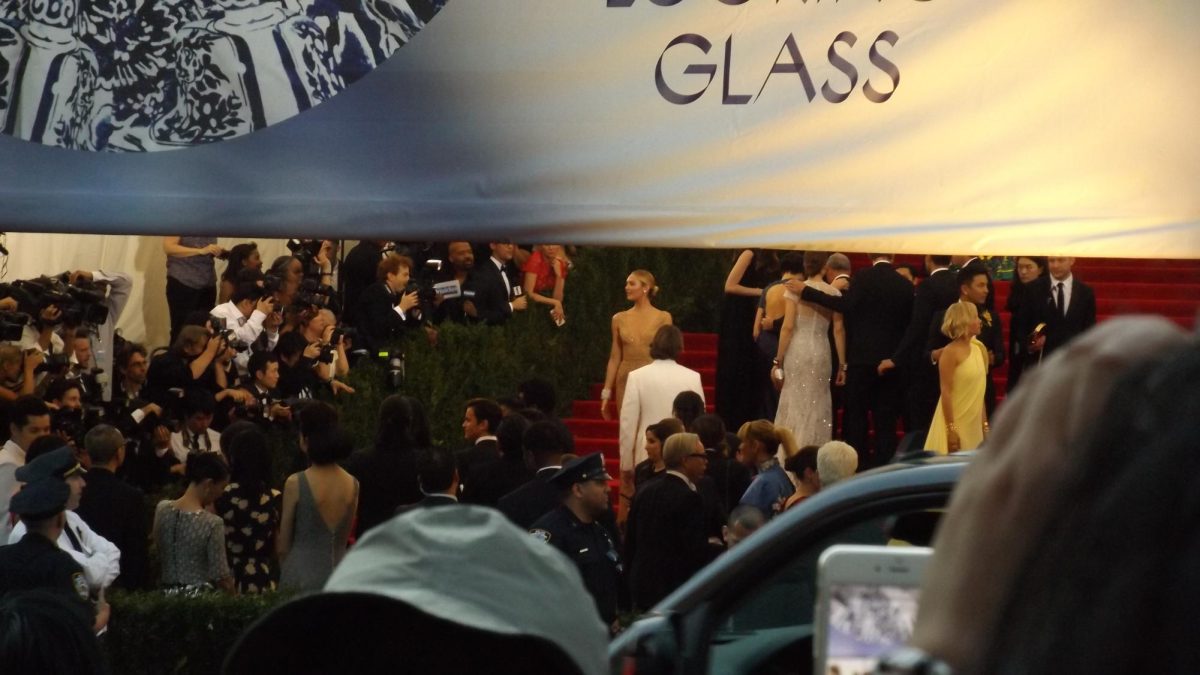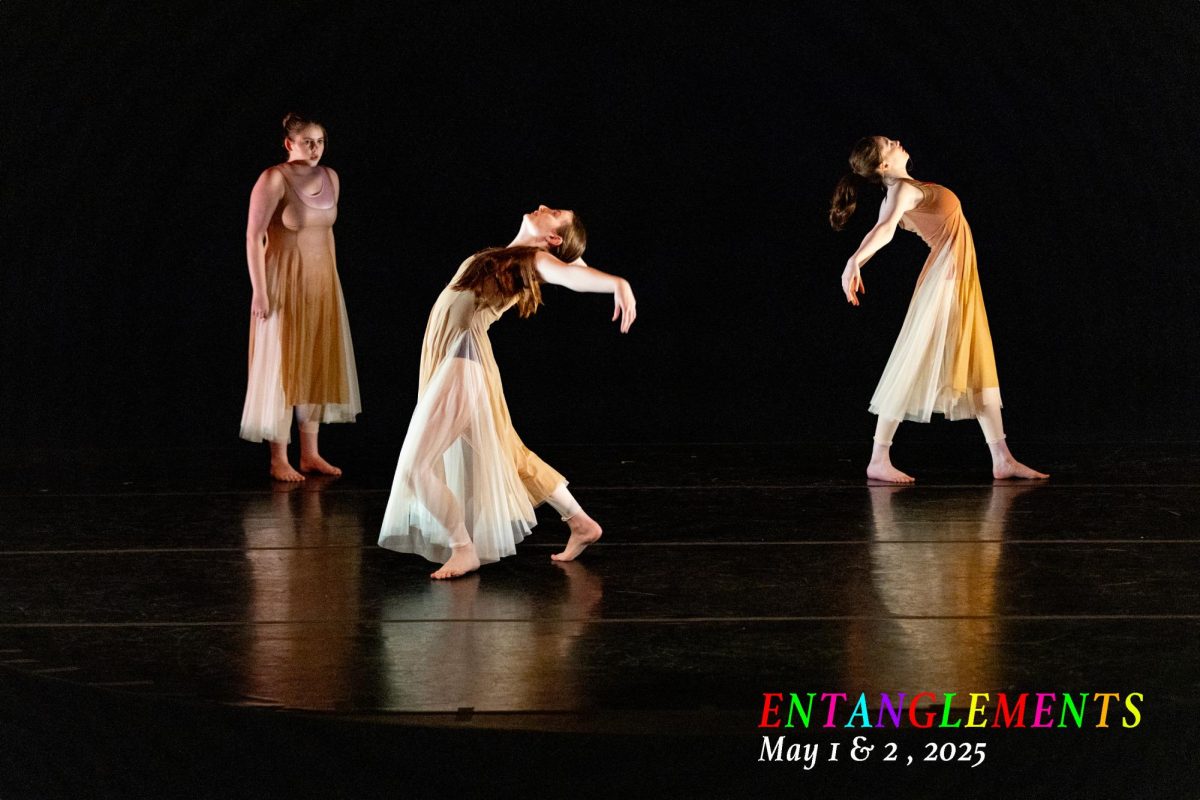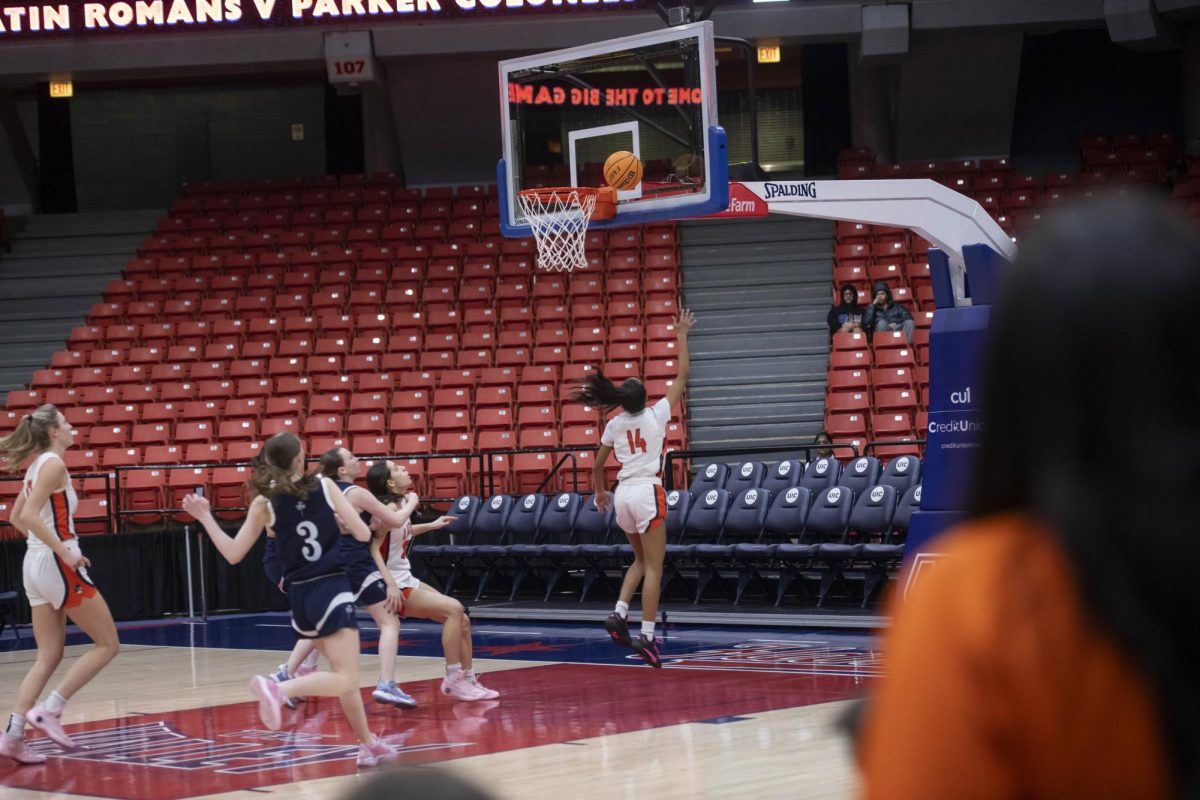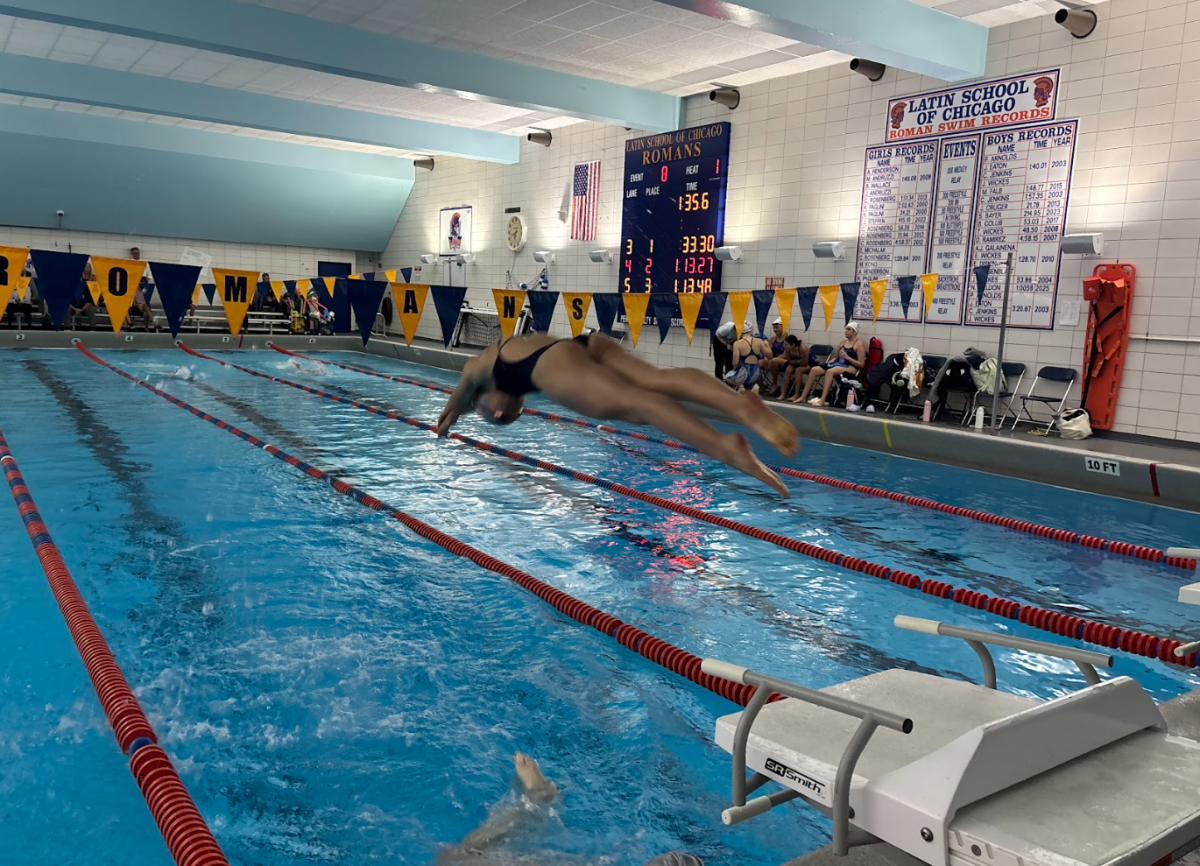Fans squeezed into the student section of the stands as the varsity boys basketball team fought an uphill battle against the Parker Colonels on January 31. Only 30 minutes prior, the varsity girls basketball team defeated the Colonels, winning 63-13. However, in an arena that seats 8,000 people, the court at the start of the girls’ game was surrounded by empty seats. A crucial part of the Big Game was glaringly absent: fans in the student section.
Just days after the Latin Big Games on February 5, athletic programs and organizations across the country celebrated female athletes through National Girls and Women in Sport Day. Latin’s Athletic Department posted on social media to highlight the day, but one question still remains: How are female student athletes being celebrated by their peers?
The history of inequality in women’s sports is not new—it goes back thousands of years. Retired coach Tom Bower, who came to Latin in 1981 and became Athletic Director in 1989, said when he took over the role, there “was a very lopsided situation for girls and boys sports.”
Although resources like gym access and field access were the same, there were other areas that needed to be adjusted.
“For some of the girls’ sports, there wasn’t any emphasis on finding a good coach,” Mr. Bower said.
In the late 1960s, the varsity girls field hockey team was the talk of The Forum sports update and commonly referred to as “The Amazons.” This recognition was just the start of Latin’s girls sports teams shining through despite larger inequities that female athletes faced.
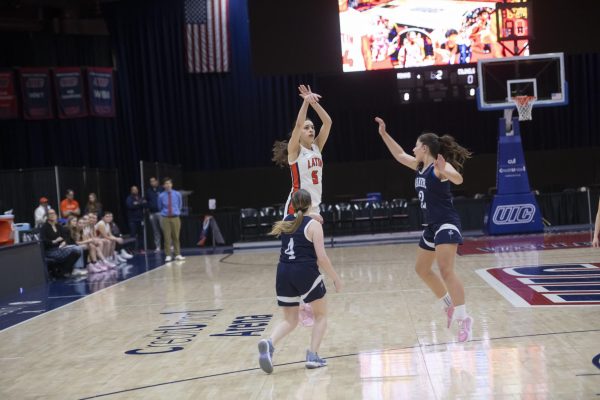
The girls currently surpass the boys teams in total championships recorded within the Athletic Department. The girls teams have won 15 state championship titles, 32 sectional titles, 77 regional titles, and 137 ISL championships. But despite these achievements for girls athletics, many fans and players still feel an imbalance between the boys and girls teams.
Since the passing of Title IX in 1972, a law that protects athletes from sex-based discrimination, Latin has allocated equal resources across all sports, whether it be budgeting, uniforms, or coaching staff. Director of Athletic Operations Kathy Presberg explained that the unified athletic budget includes all sports-related expenses and is sorted by team.
“If we don’t spend the same amount [on girls teams compared to boys], it’s because it doesn’t cost as much,” she said.
With equitable resources for the teams, the real inequity seems to come from the perception of the different teams.
The Latin community witnessed a discrepancy between the support of girls and boys sports at the Latin vs. Parker basketball games. It is a beloved tradition, where the Latin community gathers to support the varsity basketball teams.
Senior basketball player Roya Smith, who scored her 1,000th point earlier this year, expanded on the struggles with turnout at games, specifically the girls varsity Big Game on January 31.
“I understand people may not want to come to a girls game because maybe their friends aren’t going, but we win, and they’re good games,” she said.
Ms. Presberg also commented on the lower attendance at the girls Big Game.
“Of course it’s noticeable,” she said. “You go to the girls game, and the younger families come. And then I would say usually toward the end of the second quarter, it starts to build. So by the time the girls game ends, it’s packed and people are cheering.”
“I think it’s a little bit demoralizing sometimes when there is literally no one in the stands then you see the guys [game] and it’s packed,” she said.
The Athletic Department has made a conscious effort to increase attendance at girls games during major events such as the Big Games or Homecoming in the past. One year, the girls played the second game during the Big Game in hopes that students and fans would stay for the game following the boys. However, the vast majority of people left following the boys game.
For Homecoming events, the Athletic Department now rotates who plays the final game of the day, girls varsity field hockey or boys soccer, to try to maximize the amount of people supporting the teams. But Ms. Presberg said, “It’s going to take a lot of thought [from] student government and the kids in the school to say let’s get out there.”
This discrepancy in fans between men’s and women’s sports doesn’t exist only in high school athletics, and it extends far beyond game attendance.
“It’s a problem everywhere. The men’s league (The NBA) is a $10 billion league, the WNBA is a $200 million league,” Ms. Presberg said. “We have to promote the great athletes we have and the great things [they] do.”
Roya shared her ideas for improving attendance such as “promoting [girls sports] in assembly and the students taking it upon themselves to come to the games and support their friends and girls sports.”
Senior and Co-Curricular Prefect Juliette Katz helps to lead the charge in school spirit.
“I would say that something I have prioritized specifically in my position has been attendance for girls games,” Juliette said. “I think while the girls’ Big Game attendance was not perfect, it was a lot better than it’s been in previous years, and I think we’re always trying to find ways to improve attendance.”
According to Roya, improving attendance is important to combat negative stereotypes about girls’ sports.
“It’s in professional sports, too,” she said, “and I think it’s important to recognize that while [there are differences between] men’s and women’s sports, it’s still people playing at the top of their games, and it’s important to recognize the hard work people put in.”

